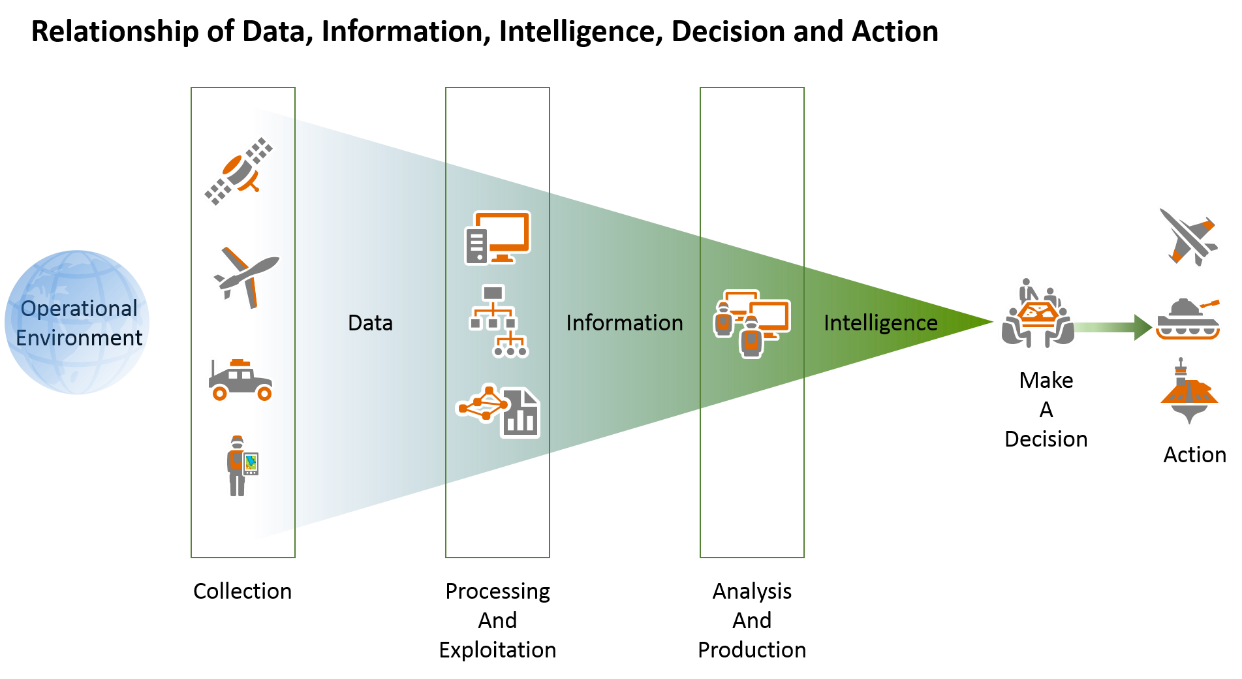Turn on suggestions
Auto-suggest helps you quickly narrow down your search results by suggesting possible matches as you type.
Cancel
Defense and Intelligence Blog - Page 2
Turn on suggestions
Auto-suggest helps you quickly narrow down your search results by suggesting possible matches as you type.
- Home
- :
- All Communities
- :
- Industries
- :
- National Government
- :
- Defense and Intelligence
- :
- Defense and Intelligence Blog
- :
- Defense and Intelligence Blog - Page 2
Options
- Mark all as New
- Mark all as Read
- Float this item to the top
- Subscribe to This Board
- Bookmark
- Subscribe to RSS Feed
Subscribe to This Board
Latest Activity
(22 Posts)
Esri Contributor
04-17-2020
12:26 PM
0
0
465
Esri Contributor
03-19-2020
10:28 AM
0
0
671
Esri Contributor
03-11-2020
12:06 PM
0
0
715
by
Anonymous User
Not applicable
05-02-2019
03:17 PM
2
0
554
by
Anonymous User
Not applicable
02-25-2019
02:17 PM
0
0
619
by
Anonymous User
Not applicable
01-25-2019
12:29 PM
2
0
623
by
Anonymous User
Not applicable
01-25-2019
11:43 AM
0
0
561
by
Anonymous User
Not applicable
08-03-2018
01:18 PM
0
0
1,731
51 Subscribers
Popular Articles
EXERCISE: Preparing Data for Use with Military Symbology in Web AppBuilder
megan_r
Esri Contributor
4 Kudos
0 Comments
GIS: The Hub of the Foundation GEOINT Collection Cycle
MatthewWoodlief
Esri Contributor
3 Kudos
1 Comments
Intelligence Configuration for ArcGIS Pro (ICAP) Released
KarlTerrey
New Contributor III
2 Kudos
0 Comments
